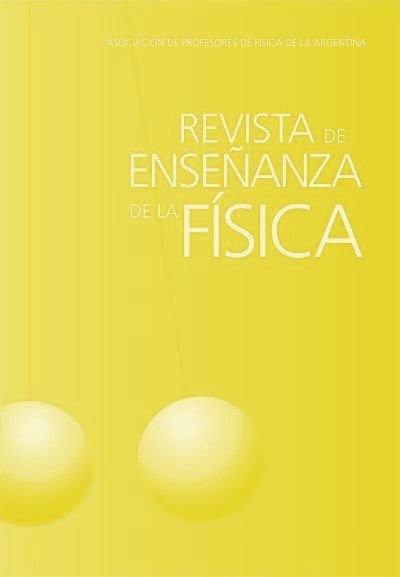Multimodality of scientific discourse in technological explanations included in university textbooks of Physics
Keywords:
Multimodality; Physics; Technological explanations; University textbooks; Technological devicesAbstract
In this paper, we analyze the relationships between the semiotic systems that are combined when presenting technological explanations in university Physics textbooks with the aim of characterizing them for didactic purposes using the contributions of Systemic-Functional Linguistics. We selected the explanation of a technological object -printers- in six textbooks. We organize the study in three stages: analysis of the genre of the verbal text, analysis of the ideational meaning constructed by the images, and analysis of the logical-semantic relationships between the verbal and visual modes. The results show in the verbal texts a predominance of a sequence of events that explains the process of printing interrelated with a compositional report that pre-sents the components of the technological object and in visual texts an emphasis on the stages of the process or its components. The interrelation between verbal and visual texts is predominantly complementary, which requires that the reader implements specific inferential processes to overcome possible obstacles. This could be accomplished through tasks that guide students to unpack and link the typical semiotic systems of Physics.
Downloads
Published
Issue
Section
License

This work is licensed under a Creative Commons Attribution-NonCommercial-NoDerivatives 4.0 International License.
Aquellos autores/as que tengan publicaciones con esta revista, aceptan los términos siguientes:Los autores/as conservarán sus derechos de copiar y redistribuir el material, bajo los términos estipulados en la Licencia de reconocimiento, no comercial, sin obras derivadas de Creative Commons que permite a terceros compartir la obra bajo las siguientes condiciones:
- Reconocimiento — Debe reconocer adecuadamente la autoría, proporcionar un enlace a la licencia e indicar si se han realizado cambios. Puede hacerlo de cualquier manera razonable, pero no de una manera que sugiera que tiene el apoyo del licenciador o lo recibe por el uso que hace.
- NoComercial — No puede utilizar el material para una finalidad comercial.
- SinObraDerivada — Si remezcla, transforma o crea a partir del material, no puede difundir el material modificado.
- Los autores/as podrán adoptar otros acuerdos de licencia no exclusiva de distribución de la versión de la obra publicada (p. ej.: depositarla en un archivo telemático institucional o publicarla en un volumen monográfico) siempre que se indique la publicación inicial en esta revista.
- Se permite y recomienda a los autores/as difundir su obra a través de Internet (p. ej.: en archivos telemáticos institucionales o en su página web) antes y durante el proceso de envío, lo cual puede producir intercambios interesantes y aumentar las citas de la obra publicada. (Véase El efecto del acceso abierto).










